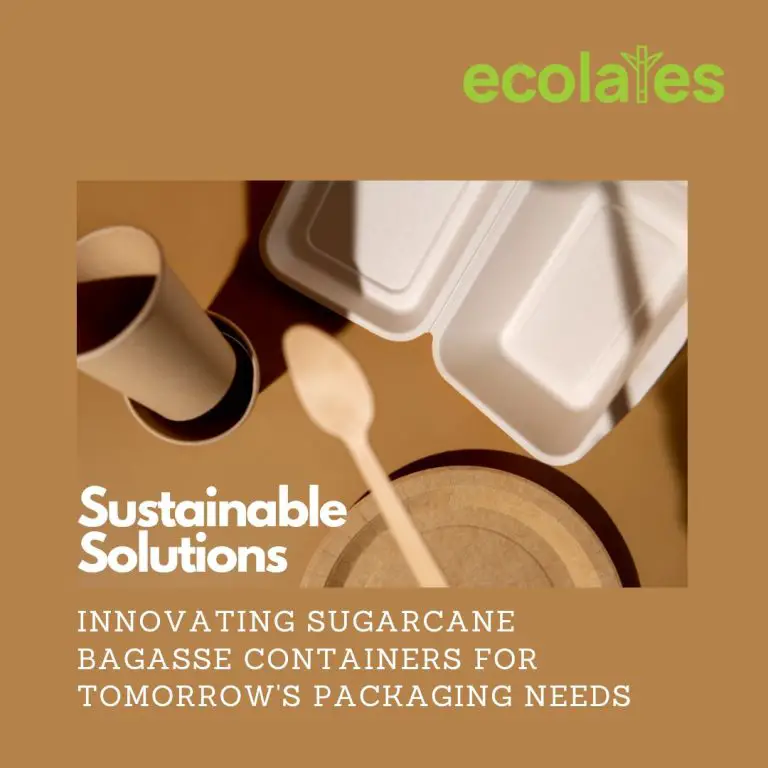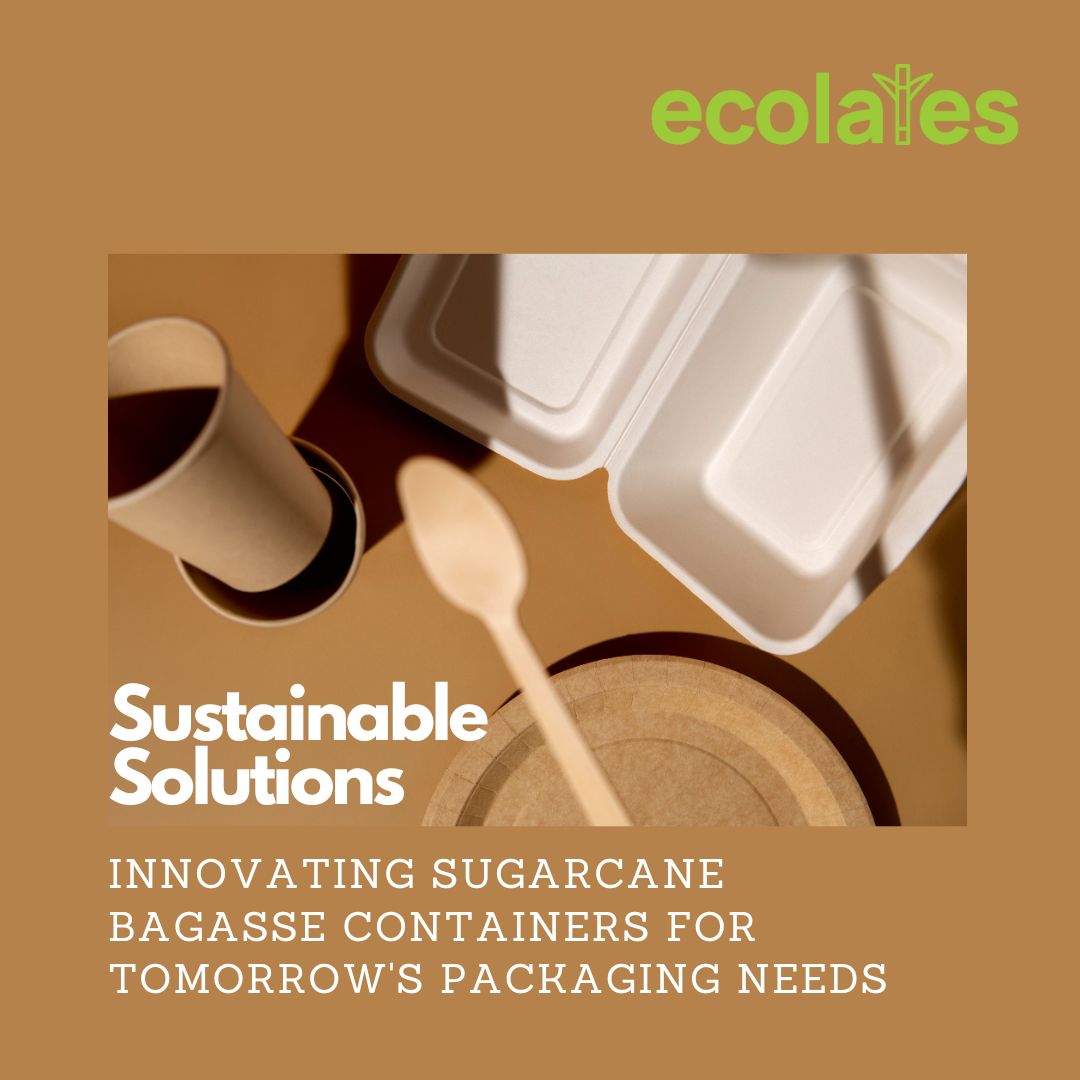
Introduction: In the quest for sustainable packaging solutions, one material has been gaining significant attention: sugarcane bagasse. Derived from the fibrous residue left behind after sugarcane juice extraction, this eco-friendly alternative has been making waves in the packaging industry. But what truly sets sugarcane bagasse apart is its potential for innovation. In this article, we delve into the realm of innovative packaging, exploring how designers are pushing the boundaries to create sugarcane bagasse containers fit for the future.
Designing for Functionality and Form: The first step in innovating sugarcane bagasse containers lies in designing for both functionality and form. Traditional packaging often prioritizes one over the other, but with sugarcane bagasse, there's an opportunity to marry the two seamlessly. Designers are exploring creative shapes and sizes to accommodate various food types while ensuring ease of use for consumers. From compartmentalized containers for diverse meal options to stackable designs for efficient storage, the possibilities are endless.
Enhancing Durability and Performance: One common misconception about eco-friendly packaging is its perceived lack of durability. However, designers are debunking this myth by enhancing the strength and performance of sugarcane bagasse containers. Through innovative processing techniques and strategic reinforcement, these containers can withstand the rigors of transportation and handling without compromising on sustainability. Whether it's for hot or cold foods, moisture-resistant coatings and sturdy constructions ensure that sugarcane bagasse containers deliver on reliability.
Exploring Multi-functional Design: Innovation thrives on versatility, and sugarcane bagasse containers are no exception. Designers are exploring multi-functional designs that extend beyond their primary purpose as food containers. From serving as plant pots for seedlings to organizers for small items, these containers find new life beyond the dining table. By encouraging reuse and repurposing, this approach not only reduces waste but also fosters a culture of sustainability in everyday life.
Embracing Customization and Branding: In today's market, branding plays a pivotal role in product differentiation. With sugarcane bagasse containers, brands have a unique opportunity to showcase their commitment to sustainability through customizable packaging. Designers are integrating innovative printing techniques and embossing methods to elevate branding efforts while maintaining eco-friendly credentials. Whether it's a vibrant logo or a personalized message, these containers serve as a canvas for creative expression.
Pushing the Boundaries of Biodegradability: At the heart of sugarcane bagasse containers lies their inherent biodegradability. However, designers are pushing the boundaries further by exploring advanced biopolymer additives and natural reinforcements. These innovations not only expedite the decomposition process but also enrich the soil with valuable nutrients. By harnessing the power of nature, sugarcane bagasse containers pave the way for a circular economy where waste becomes a resource for regeneration.
Conclusion: Innovating sugarcane bagasse containers for the future is not just about creating packaging; it's about reimagining possibilities. Through thoughtful design, enhanced performance, and a commitment to sustainability, these containers are shaping the landscape of packaging solutions. As designers continue to push the boundaries of innovation, sugarcane bagasse emerges as a beacon of hope for a greener, more resilient future. Let's embrace this journey towards sustainable packaging, one innovative container at a time.





